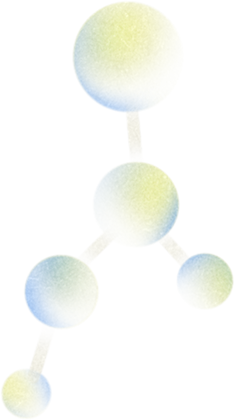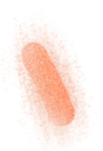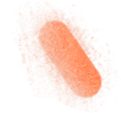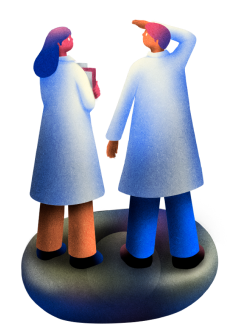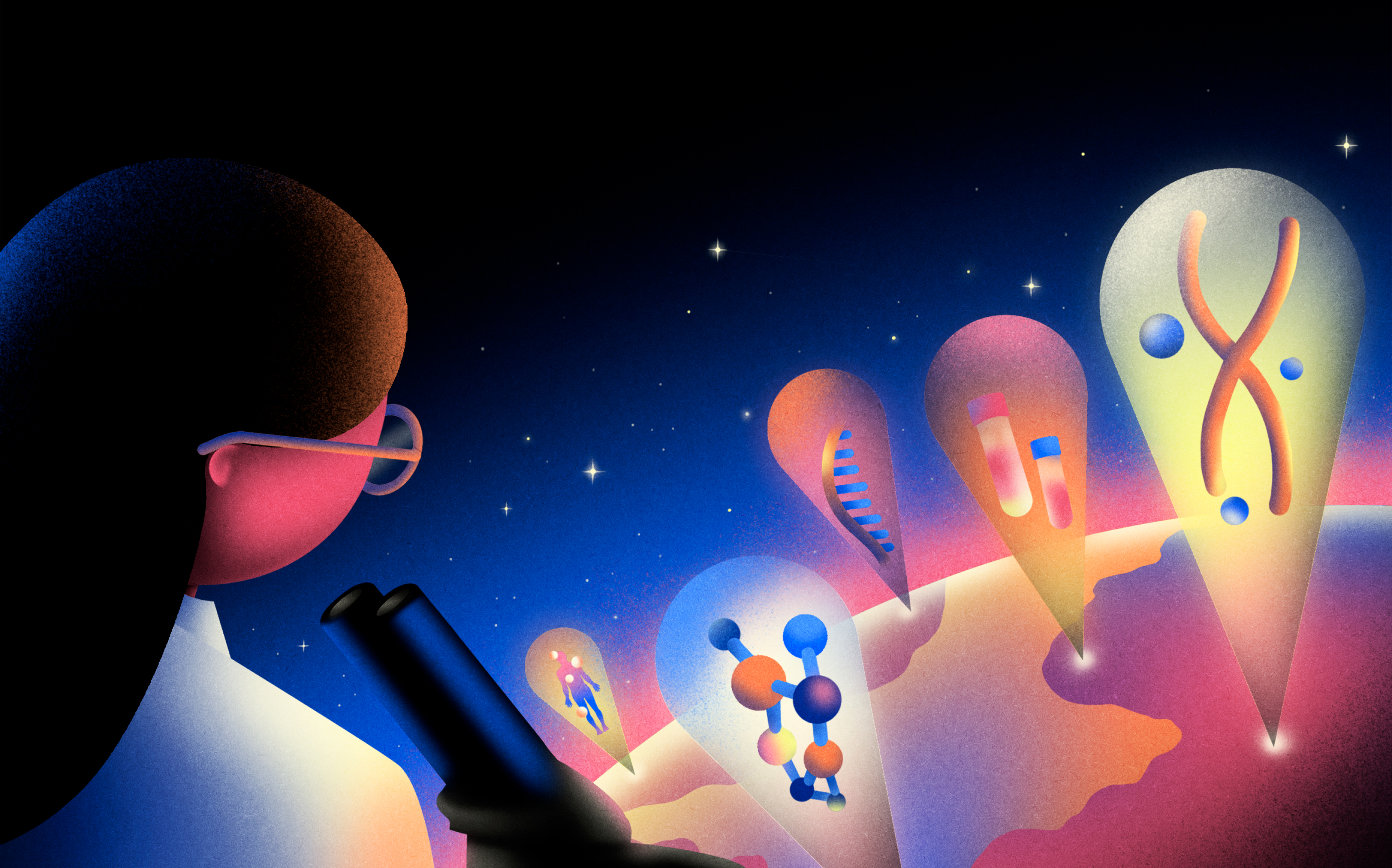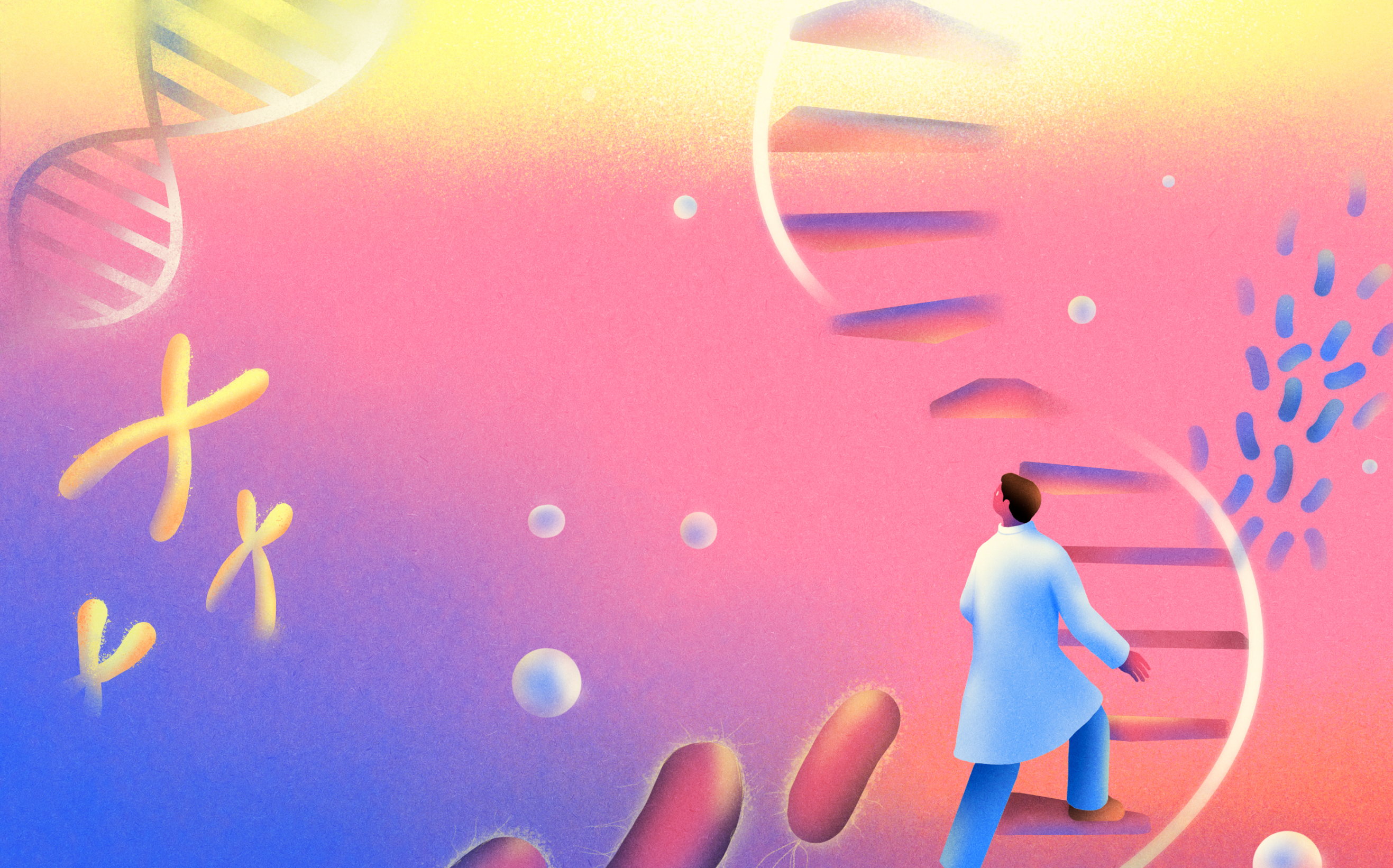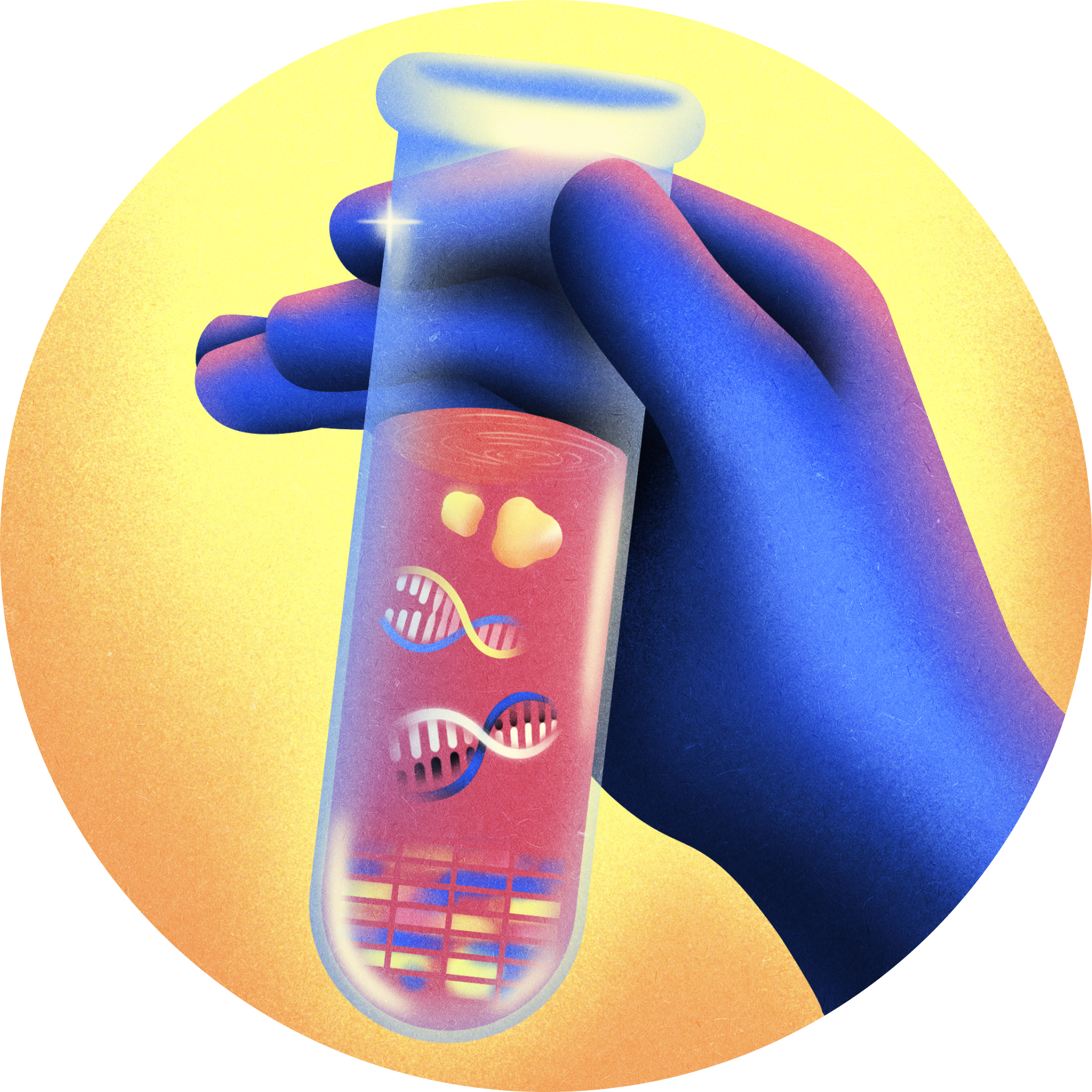The forgotten genomes
In 2019, Guillermo Torre, Rector of TecSalud and Vice President of Research at Tec de Monterrey, and Víctor Manuel Treviño, a bioinformatics researcher, discussed the major health problems affecting Mexicans and the lack of genomic information.
““Throughout much of my career, we studied international genetic data due to the lack of data on Mexicans," says Treviño, the project's Chief Scientific Officer.”
Until now, genetic studies of the Mexican population have been scarce and restricted to small samples in a few states, which did not represent the entire population.
One of the main reasons for attempting to map the human genome is to achieve precision medicine and prevent diseases from developing. For example, by understanding the genes and their variations in different populations, you can predict whether a medicine will work or whether someone has a specific predisposition.
Mexicans suffer from conditions such as diabetes, obesity, and high blood pressure, but it’s not yet clear as to why these predominate over others. The answer could be in our genes.
However, less than 1% of all the large-scale genomic analyses carried out worldwide have included Latin American populations.
Massive sequencing projects have been launched in countries like the UK, France, Australia, and the US since 2011. In the United States of America, the National Human Genome Research Institute has performed massive sequencing on the genomes of different US populations.
As a result, there has been better detection of rare diseases in newborns, children, and adults. This has also made it possible for doctors to give personalized treatment to individuals, significantly improving their quality of life.
Despite this information having also helped other non-Caucasian populations, we need to broaden our understanding of our own genetic identity.
“In Mexico, we have to import treatments and health schemes,” explains Treviño. “The problem is that Mexicans sometimes don’t respond to treatments in the same way when we try to implement them because they were designed for other populations.”. This is why the oriGen project started to take shape.





